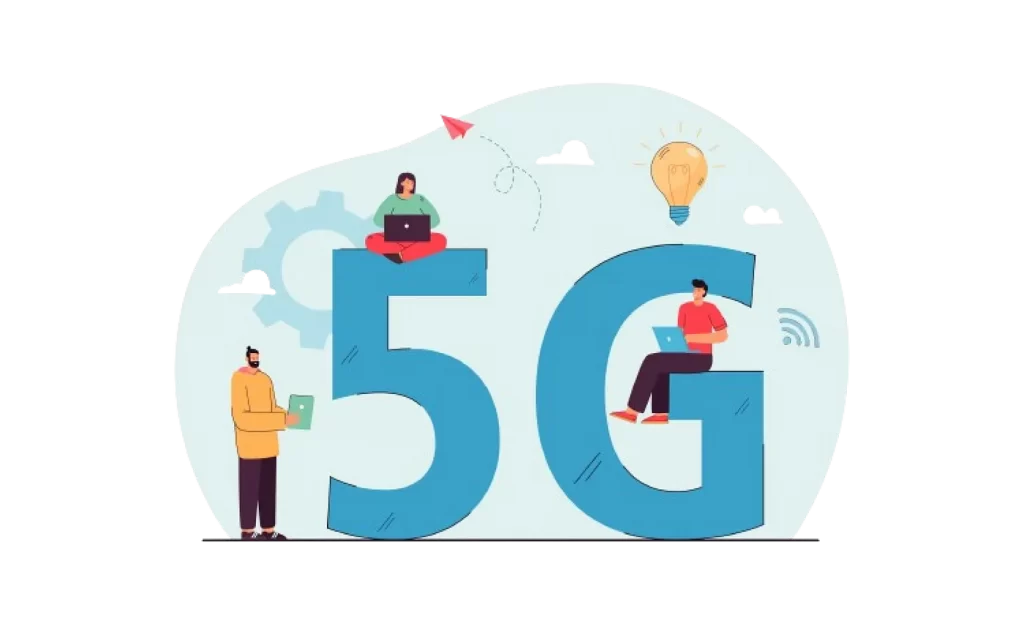By Akalanka Bandara

In today’s highly connected world, businesses need low latency and high bandwidth to power their digital activities. The deployment of 5G technology presents a significant growth opportunity, and when integrated with edge computing, it can boost connectivity and deliver real-time, data-driven services. As IT professionals, it’s important to understand the technical aspects of these technologies and how they can benefit businesses. In this blog post, we’ll explore the technical aspects of 5G and edge computing, and examine their potential applications at Axiata Digital Labs.
Understanding the Need for 5G and Edge Computing Technology
5G technology has been around for several years globally, but it’s a relatively new technology in Sri Lanka. With the growth of 5G devices, such as mobile devices, laptops, and tablets, businesses in Sri Lanka are starting to recognize the need for 5G technological hubs that provide seamless connectivity with 5G and edge computing. 5G technology has the potential to bring significant benefits to multiple industries, speeding up their digital transformation. Sectors such as agriculture, manufacturing, tourism, ports, health, and retail can adopt 5G in the first stages to reap the benefits. For example, with real-time data delivered via 5G, farmers can monitor, track, and automate their systems, reducing dependency on manual labor. The apparel sector is exploring automation options, and 5G can enable the building of “smart factories” that achieve greater safety, efficiency, and automation.
Key Benefits of 5G and Edge Computing

Enhanced Security
By processing data closer to the source, edge computing minimizes the risk of data breaches and unauthorized access, offering a more secure solution compared to traditional cloud computing. This is particularly vital for industries handling sensitive information, such as healthcare and finance.
Scalability and Flexibility
5G and edge computing provide unparalleled scalability and flexibility, allowing businesses to adapt quickly to changing demands. Companies can easily expand their infrastructure and services without significant upfront investment, making it easier to implement new applications and services.
Energy Efficiency
5G networks are designed to be more energy-efficient than previous generations, reducing the power consumption of devices. Combined with edge computing, this leads to lower energy usage as data is processed locally, decreasing the need for extensive data transmission to centralized cloud servers.
Improved User Experience
By leveraging 5G and edge computing, businesses can deliver a superior user experience with faster response times and more reliable connectivity. This is crucial for applications like gaming, streaming services, and virtual reality, where seamless performance is essential for user satisfaction.
Enhanced Data Privacy
Edge computing allows for data to be processed and stored locally, which can help in complying with data privacy regulations and policies. This is particularly important for businesses operating in regions with stringent data protection laws.
Optimized Network Traffic
With edge computing, data is processed at the edge of the network rather than being sent to a central server, which helps in reducing network congestion. This optimization leads to more efficient use of network resources and improves overall network performance.
Support for Advanced Technologies
The integration of 5G and edge computing supports the deployment of advanced technologies such as artificial intelligence (AI), machine learning (ML), and Internet of Things (IoT). These technologies rely on fast, reliable data processing and connectivity, which 5G and edge computing can provide.
Cost Savings
By reducing the need for data to travel long distances to central servers, companies can lower their bandwidth costs. Additionally, the increased efficiency and reduced latency provided by 5G and edge computing can lead to cost savings through improved operational efficiencies and reduced downtime.
Resilience and Reliability
Edge computing enhances system resilience by ensuring that critical applications can continue to operate even if the central network fails. This localized processing capability ensures higher reliability and continuity of service, which is crucial for industries like healthcare and manufacturing.
Faster Innovation Cycles
With the low latency and high data processing capabilities of 5G and edge computing, businesses can quickly develop and deploy new applications and services. This accelerates innovation cycles and allows companies to stay competitive in rapidly evolving markets.
At ADL, we understand the significance of 5G and edge computing and are dedicated to creating innovative solutions that empower businesses to succeed in the digital era. Our deep expertise in emerging technologies, coupled with our industry knowledge and experience, positions us as the perfect partner for businesses aiming to embrace 5G and edge computing. Through our solutions, businesses can enjoy enhanced connectivity, improved performance, and optimized bandwidth utilization, all while advancing their digital transformation efforts.
You can visit www.axiatadigitallabs.com or www.axonect.com to know more about ADL and its Axonect Product Suite respectively.




